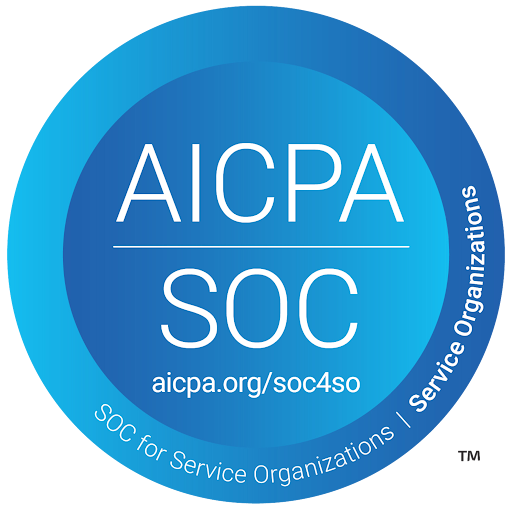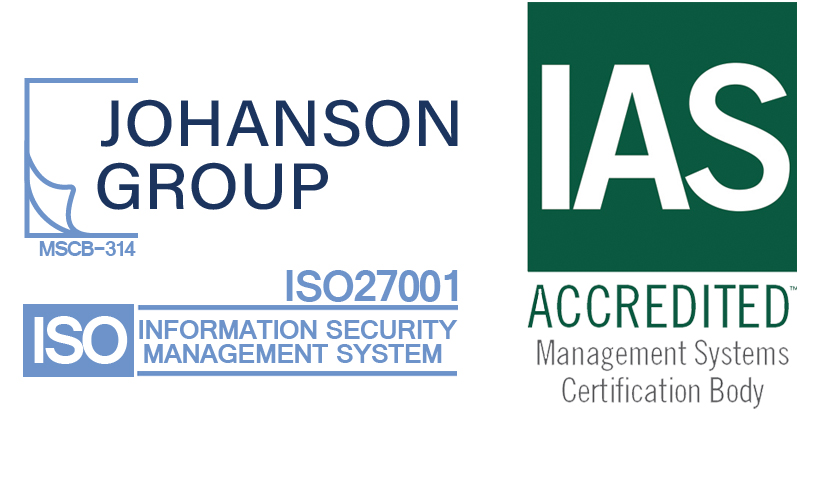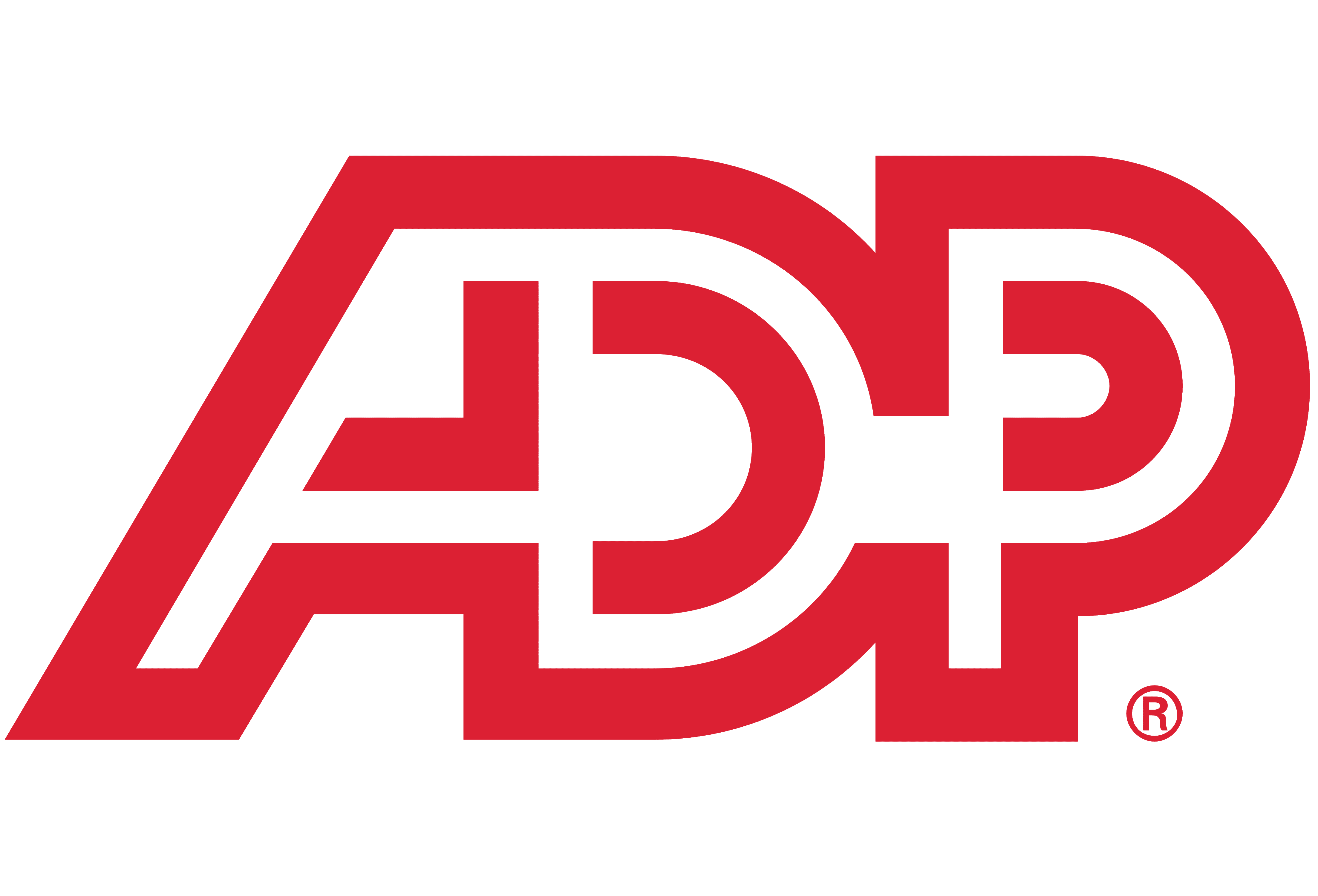Compliance

SOC 2 Type 2
SOC 2 is an auditing measure developed by the American Institute of CPAs (AICPA) that ensures service providers securely manage user data.

ISO 27001
STAND 8 maintains an ISO/IEC 27001:2022 certification as part of our ongoing commitment to information security and data protection. This certification demonstrates that our Information Security Management System (ISMS) has been independently audited and verified against internationally recognized standards. External parties who require a copy of our ISO 27001 certificate for due diligence or vendor risk management may request access. Requests are reviewed and fulfilled promptly to ensure secure distribution of documentation.
Resources
SOC 2 Type II Certification
What is SOC 2 Type II? SOC, or Service Organization Control, is an industry-standard assessment developed and maintained by the American Institute of Certified Public Accountants (AICPA). Importance: STAND 8 has been audited by a third-party auditing firm, Johanson Group, against Trust Services Criteria (TSC) for Security, Availability, and Confidentiality.
ISO 27001 Certification
STAND 8 is ISO/IEC 27001:2022 certified, request a copy of our certificate here.
STAND 8 Privacy Policy
More background on the data STAND 8 collects and how it is used.
Terms of Use
STAND 8's terms of services for end users.
Monitoring
Subprocessors
Microsoft
Cloud-based hosting services which include productivity and collaboration software.

Bullhorn
Customer relationship management, applicant tracking system and operations software.

FreshWorks
Cloud-based tools for customer relationship management (CRM), and IT service management (ITSM).

Secureframe
Cybersecurity and compliance automation platform that streamlines the process of achieving and maintaining various compliance certifications and standards.
Networking site for professionals to connect, learn, and grow their careers.

Cloudflare
Provides content delivery network services, cloud cybersecurity, Domain Name Service, domain registration, and other services.

ADP
Provider of payroll services, human resource management, and employee benefits administration.
GitHub
Provider of payroll services, human resource management, and employee benefits administration.
